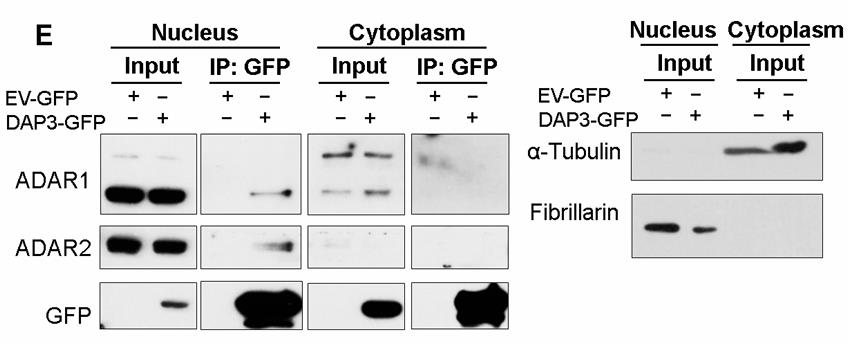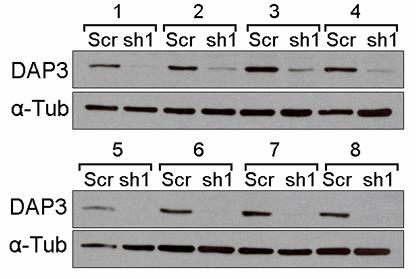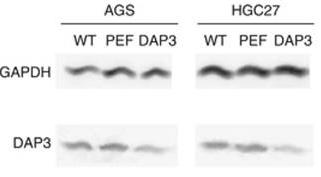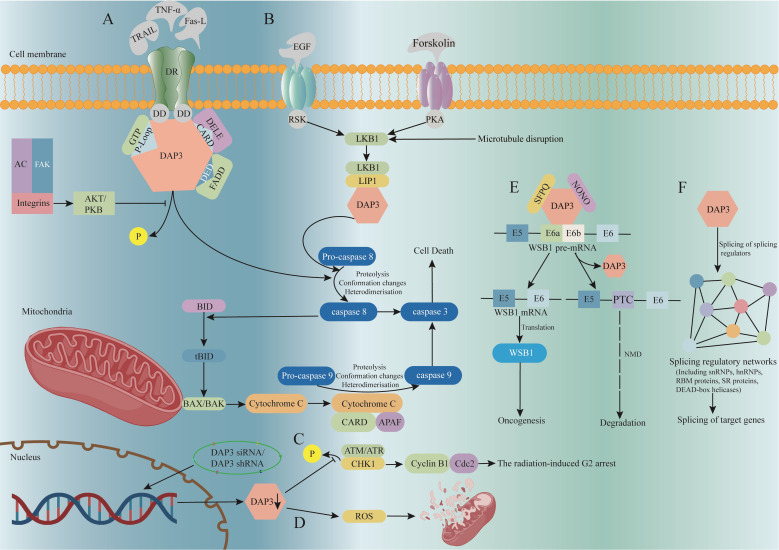Recombinant Human DAP3 protein(49-398 aa), GST-tagged
| Cat.No. : | DAP3-11824H |
| Product Overview : | Recombinant Human DAP3 protein(49-398 aa), fused with N-terminal GST tag, was expressed in E.coli. |
| Availability | April 20, 2025 |
| Unit | |
| Price | |
| Qty |
- Specification
- Gene Information
- Related Products
- Case Study
- Application
- Download
| Species : | Human |
| Source : | E.coli |
| Tag : | GST |
| Protein Length : | 49-398 aa |
| Form : | The purified protein was Lyophilized from sterile PBS (58mM Na2HPO4,17mM NaH2PO4, 68mM NaCl, pH8.). 5 % trehalose and 5 % mannitol are added as protectant before lyophilization. |
| AA Sequence : | SRTNENDPAKHGDQHEGQHYNISPQDLETVFPHGLPPRFVMQVKTFSEACLMVRKPALELLHYLKNTSFAYPAIRYLLYGEKGTGKTLSLCHVIHFCAKQDWLILHIPDAHLWVKNCRDLLQSSYNKQRFDQPLEASTWLKNFKTTNERFLNQIKVQEKYVWNKRESTEKGSPLGEVVEQGITRVRNATDAVGIVLKELKRQSSLGMFHLLVAVDGINALWGRTTLKREDKSPIAPEELALVHNLRKMMKNDWHGGAIVSALSQTGSLFKPRKAYLPQELLGKEGFDALDPFIPILVSNYNPKEFESCIQYYLENNWLQHEKAPTEEGKKELLFLSNANPSLLERHCAYL |
| Purity : | 85%, by SDS-PAGE with Coomassie Brilliant Blue staining. |
| Storage : | Short-term storage: Store at 2-8°C for (1-2 weeks). Long-term storage: Aliquot and store at -20°C to -80°C for up to 3 months, reconstitution with sterile water and addition of an equal volume of glycerol. Avoid repeat freeze-thaw cycles. |
| Reconstitution : | Reconstitute at 0.25 μg/μl in 200 μl sterile water for short-term storage. After reconstitution with sterile water, if glycerol has no effect on subsequent experiments, it is recommended to add an equal volume of glycerol for long-term storage. |
| Gene Name | DAP3 death associated protein 3 [ Homo sapiens ] |
| Official Symbol | DAP3 |
| Synonyms | DAP3; death associated protein 3; 28S ribosomal protein S29, mitochondrial; bMRP 10; DAP 3; DKFZp686G12159; MGC126058; MGC126059; mitochondrial 28S ribosomal protein S29; MRP S29; MRPS29; S29mt; death-associated protein 3; ionizing radiation resistance conferring protein; DAP-3; MRP-S29; bMRP-10; FLJ12817; |
| Gene ID | 7818 |
| mRNA Refseq | NM_001199849 |
| Protein Refseq | NP_001186778 |
| MIM | 602074 |
| UniProt ID | P51398 |
| ◆ Recombinant Proteins | ||
| DAP3-6475H | Recombinant Human DAP3 Protein, Myc/DDK-tagged, C13 and N15-labeled | +Inquiry |
| DAP3-2333H | Recombinant Human DAP3 Protein, GST-tagged | +Inquiry |
| DAP3-4303M | Recombinant Mouse DAP3 Protein | +Inquiry |
| Dap3-2450M | Recombinant Mouse Dap3 Protein, Myc/DDK-tagged | +Inquiry |
| DAP3-11824H | Recombinant Human DAP3 protein(49-398 aa), GST-tagged | +Inquiry |
| ◆ Cell & Tissue Lysates | ||
| DAP3-7077HCL | Recombinant Human DAP3 293 Cell Lysate | +Inquiry |
Case 1: Han J, et al. Sci Adv. 2020
DAP3, identified as an oncogenic RNA editing suppressor, binds ADAR2's deaminase domain to block its interaction with target RNAs, exemplified by PDZD7's stop codon recoding (Stop→Trp). Tumor cells accumulate unedited PDZD7WT—more tumorigenic than edited PDZD7Stop518W—due to DAP3-mediated editing repression. This mechanism highlights how cancer exploits RNA editome dysregulation via secondary regulators like DAP3 to enhance malignancy and survival.

Fig1. Co-IP analysis of the nuclear and cytoplasmic fractions of EC109 cells transfected with DAP3-GFP or EV-GFP.

Fig2. WB analysis of DAP3 protein in xenograft tumors at end point.
Case 2: Jia Y, et al. Br J Cancer. 2014
DAP3, a proapoptotic member of the DAP family, serves as a prognostic marker in gastric cancer, with higher tumor expression correlating to improved survival and preoperative chemotherapy response. Clinical analysis of 87 patients and in vitro studies revealed that DAP3 knockdown promotes tumor migration, chemoresistance, and reduced apoptosis via suppressed caspase-3 activation, emphasizing its dual role in apoptosis regulation and therapeutic outcome prediction. These findings highlight DAP3's potential as a biomarker for optimizing combined therapy efficacy and prognosis assessment in gastric cancer.

Fig1. DAP3 expression knock down at mRNA and protein level in AGS and HGC27 cell lines.

Fig2. Flow cytometric analysis of apoptosis of AGS PEF and DAP3 cell lines under normal conditions.

Fig1. The signaling pathway and function of DAP3. (Hao Song, 2024)
Not For Human Consumption!
Inquiry
- Reviews
- Q&As
Ask a Question for All DAP3 Products
Required fields are marked with *
My Review for All DAP3 Products
Required fields are marked with *
Inquiry Basket


